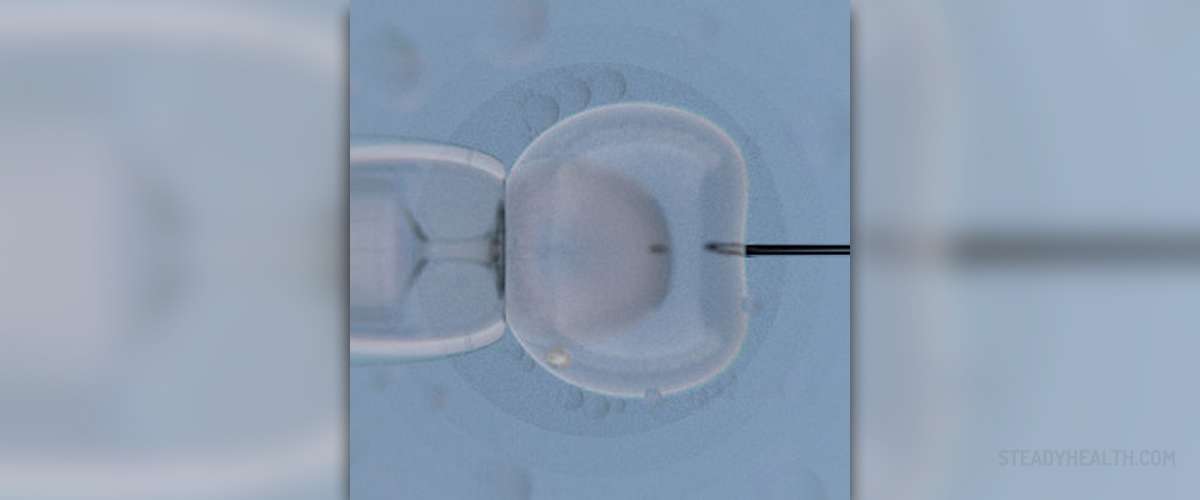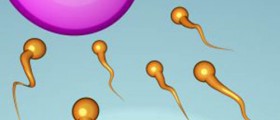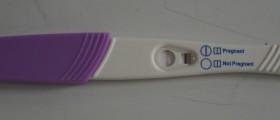
Artificial Insemination - the Very Process
The very process of artificial insemination involves preparation of the sperm and its injection into the female reproductive organs. The sperm is injected either in the cervical canal or the uterus. There is no sexual intercourse.
Artificial insemination is indicated in couples who have problems with conceiving associated with low sperm count, sperm that does not contain sufficient number of movable spermatozoids or problems with cervical mucus. The doctor decides whether artificial insemination can help couples in conceiving prior he/ she investigates all the fact regarding reproductive health of both partners.
In case the doctor opts for artificial insemination he/ she performs several more tests and examinations and the procedure may begin.
What Happens during an Artificial Insemination?
Artificial insemination goes through several stages and prior the procedure couples undergo specific tests.
The very procedure can be in a form of intrauterine insemination, intracervical insemination and intratubal insemination. The most common types of artificial insemination are intrauterine and intracervical while intratubal insemination is not so frequently performed. They provide with most desirable effects.
The procedure goes through several steps. Initially, the doctor investigates whether the couple is suitable for artificial insemination and if the procedure can provide with desirable effects. Female partner may be prescribed fertility medications that stimulate production and maturation of eggs. What follows is evaluation on when the process of ovulation will occur. This is determined with the assistance of body basal temperature and ultrasound. The hormone levels are monitored as well. The sperm is taken from the man, it is 'washed' and concentrated. These two processes are essential for removal of the mucus and non-motile sperms from the sample. By performing this the chance of fertilization increases.
When the ovulation occurs the sperm is inserted into the woman's reproductive tract. This is performed with a catheter or a needleless syringe. The procedure is painless and if the fertilization develops it can be confirmed 2 weeks later.

















Your thoughts on this
Loading...